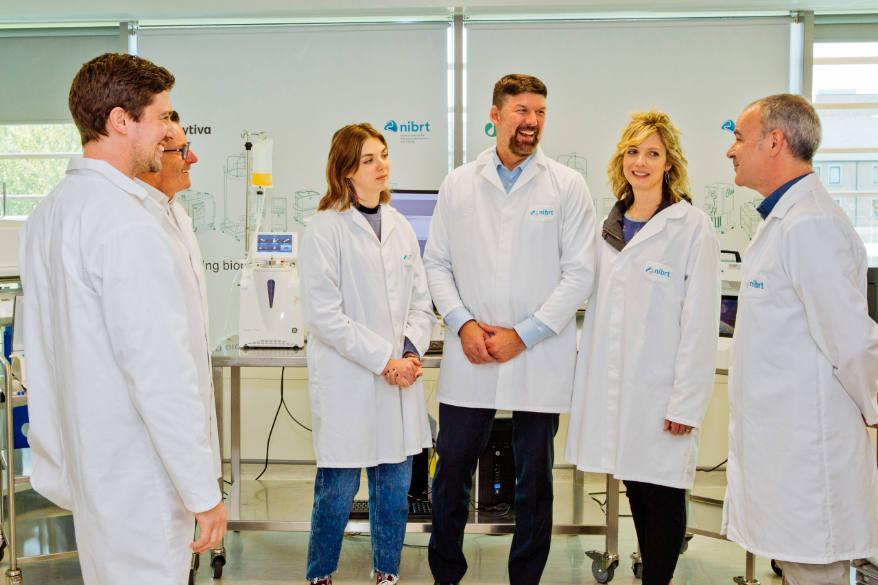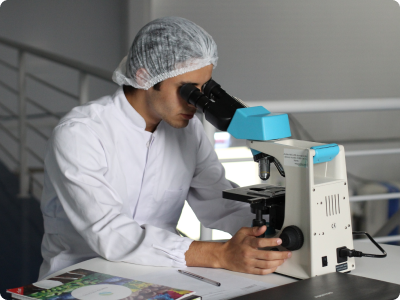Emily Whitehead, the first pediatric patient in the world to receive the pioneering treatment CAR-T-cell therapy visited the National Institute of Bioprocessing Research and Training (NIBRT) together with her family.
Emily was diagnosed with leukemia when she was 5 years old, and after not responding to any medications, her family decided to go for the highly experimental treatment at the time. CAR-T cell therapy means Emily’s T-cells (a type of white blood cell) were collected, genetically reprogrammed to recognize and attack cancer cells, and infused back into Emily’s blood. Emily is now 10 years cancer-free and leading a normal teenage life.
The Emily Whitehead Foundation was founded by Tom and Kari Whitehead, to support and promote access for children around the world to innovative childhood cancer treatments that are more targeted, more effective, and less toxic, such as the CAR T-cell therapy that saved Emily’s life.

Emily’s family visit gave voice to the human perspective of the resulting benefits from the research conducted in NIBRT, inspiring and encouraging the NIBRT staff. Since Emily received the first CAR-T treatment in 2012, the technology and science in this area have continued to develop at pace. NIBRT is involved in another project with two Irish companies aimed at developing a novel device for performing the genetic engineering of patient T cells. This research programme, partly funded by the Enterprise Ireland Disruptive Technology Innovation Fund (DTIF), will help provide a safe, efficient approach to engineering immune cells and hopefully help many more patients to benefit from these advances.
CAR-T is one example of a category of exciting and new therapeutic modalities commonly known as Cell and Gene Therapies (CGT). Another example of NIBRT activity in the CGT research space is a joint project with Abbvie focused on improving the manufacture and analysis of viral gene therapies. Gene therapy aims to correct or cure diseases where a functioning copy of a broken gene is delivered to patients using a virus as a delivery agent. These viral vectors are currently very expensive to manufacture and difficult to standardise. This project is already yielding some exciting results which we hope will lead to improvements in how viral vectors and ultimately gene therapies are produced.



